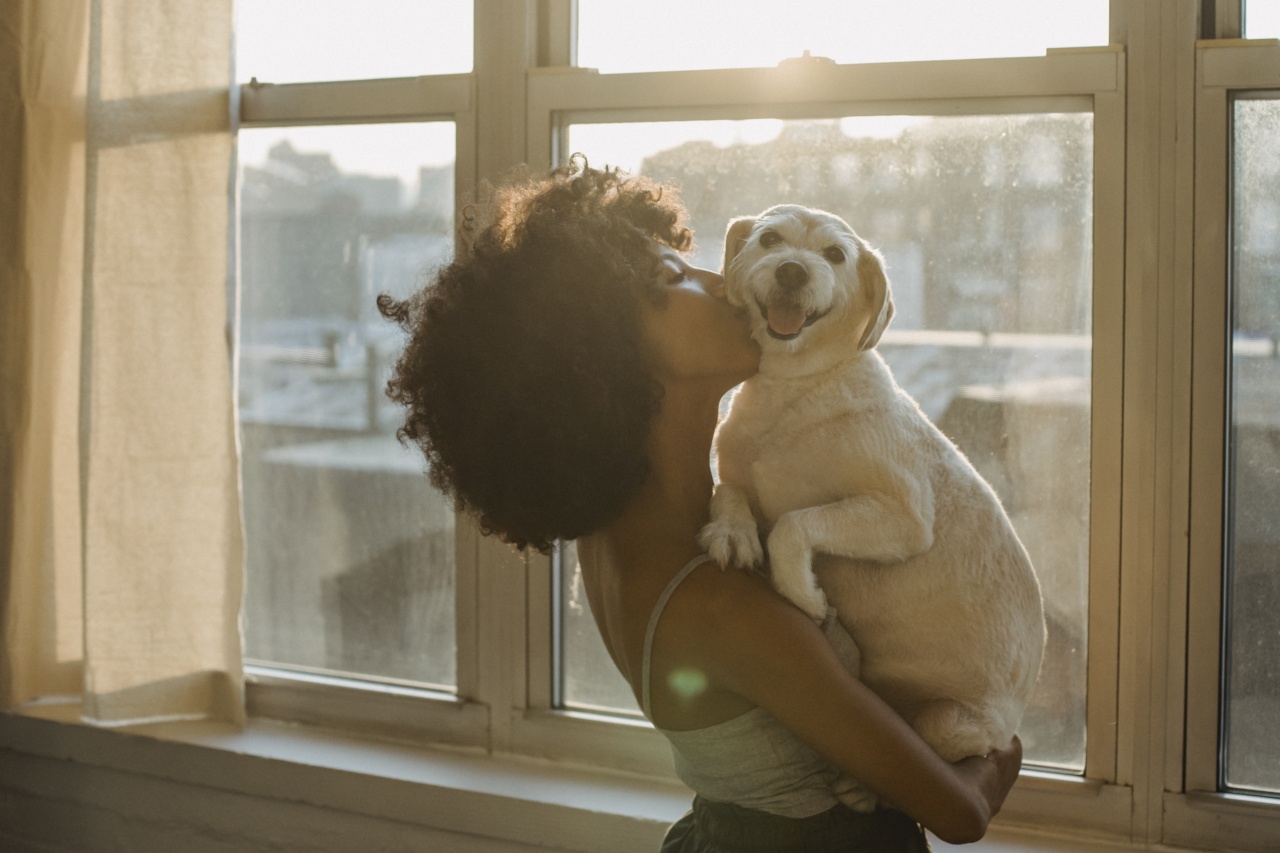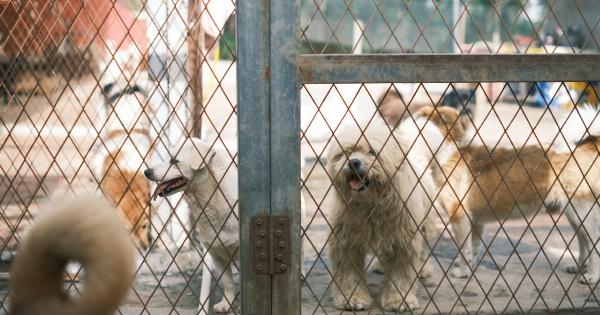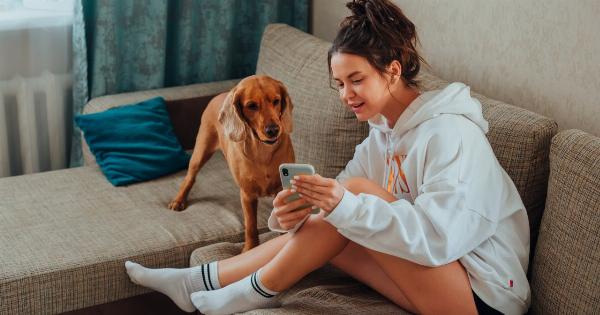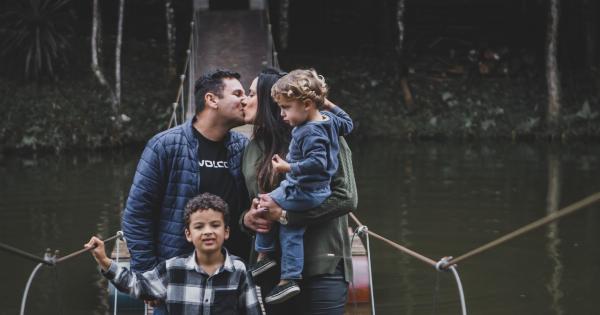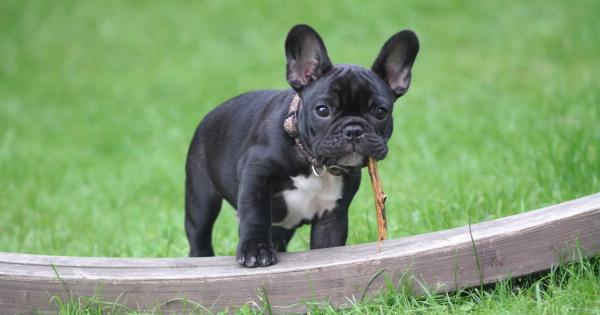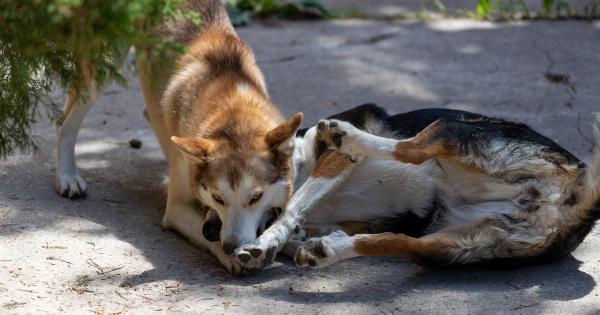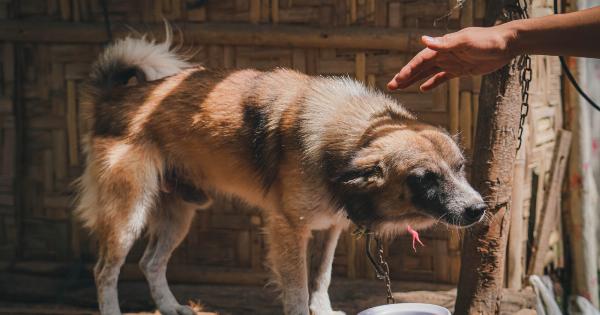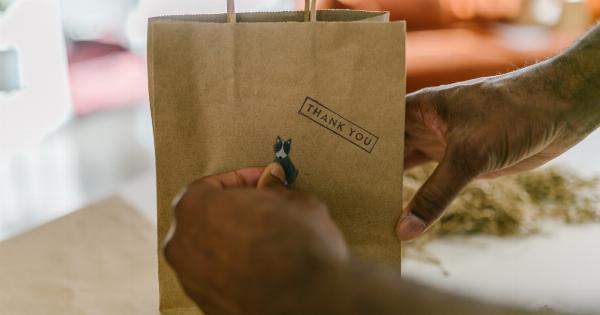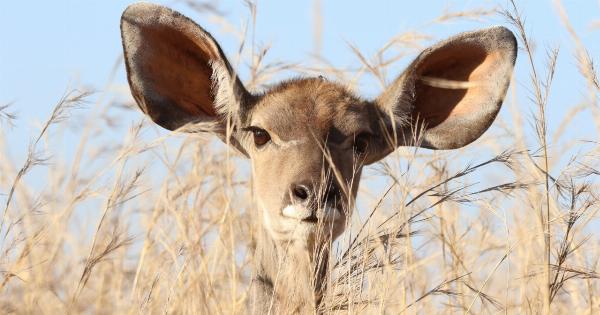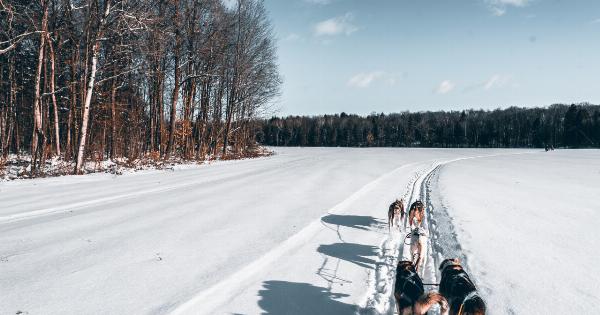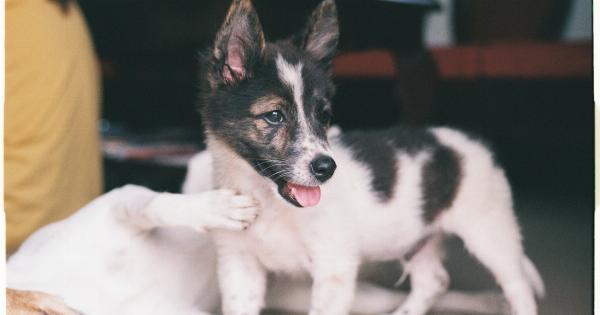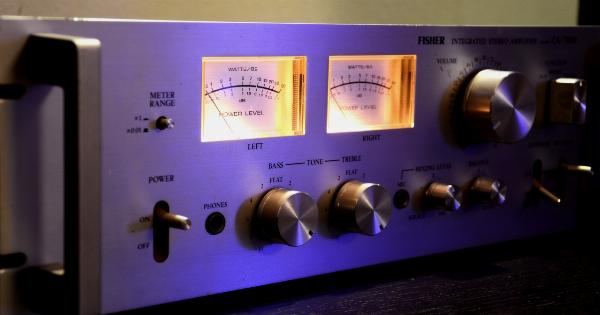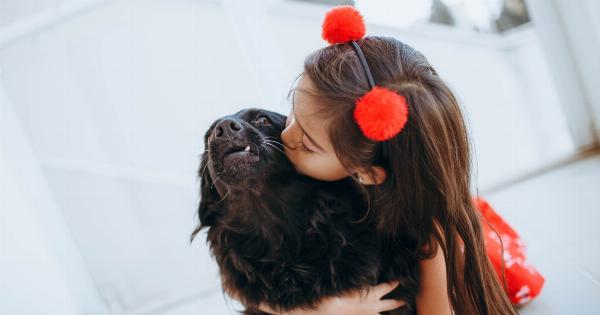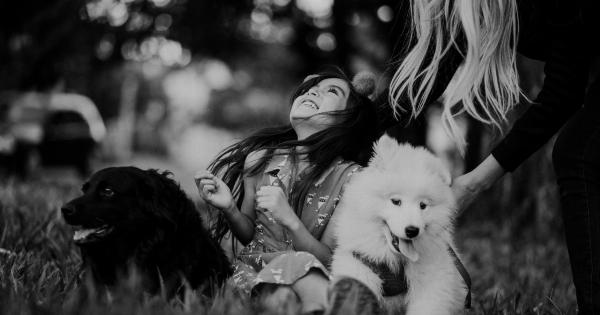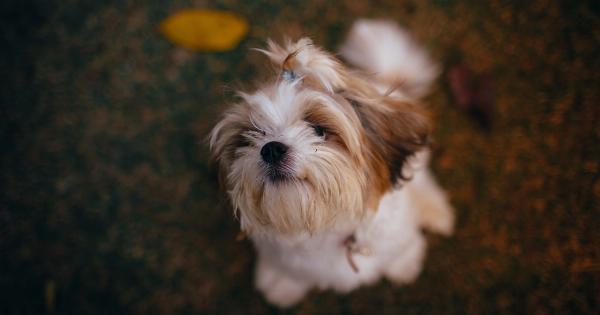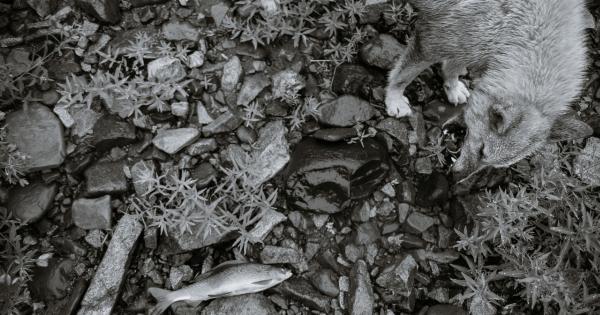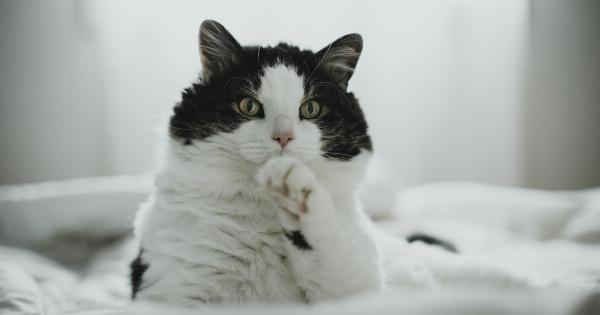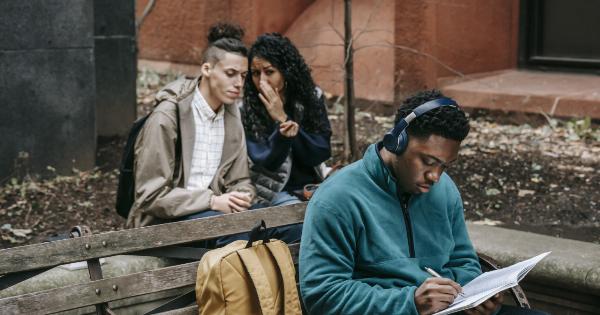When you come home after a long day, there’s nothing better than receiving a warm and affectionate greeting from your furry friend. You bend down, and your dog jumps up, wrapping its paws around you in what feels like a big, comforting hug.
But have you ever wondered what these doggy hugs really mean?.
In this article, we delve into the fascinating world of canine cuddling and explore expert opinions on why dogs love to give hugs. So, grab a cup of coffee, get cozy with your pup, and let’s dive in!.
The Science Behind Dog Hugs
Research has shown that dogs are capable of experiencing a wide range of emotions, much like humans. Canine behavior experts believe that dogs hug as a form of social bonding and to communicate their love and trust to their humans.
When a dog wraps its paws around you, it’s a way of expressing affection and seeking comfort.
Dr. Patricia McConnell, a well-known animal behaviorist, explains that dogs have a highly developed sense of touch. Hugging allows them to release oxytocin, a hormone associated with bonding and increasing feelings of trust and love.
So, when your pup wraps its paws around you, it’s likely experiencing a surge of positive emotions.
Dr. Stanley Coren, a psychologist and canine researcher, suggests that doggy hugs may also have evolutionary roots.
He theorizes that hugging is an instinctive behavior inherited from wolves, who often engage in physical contact to strengthen pack bonds and promote social harmony.
Interpreting Body Language
While dog hugs can be heartwarming, it’s essential to interpret your pup’s body language to ensure that they are comfortable and enjoying the affection. Here are some signs to look for:.
1. Relaxed Body Posture
When your dog hugs you, observe its overall body posture. A relaxed and loose body suggests that they are comfortable and enjoying the cuddle. However, if they appear stiff or tense, it’s a good idea to give them some personal space.
2. Ears and Tail
Pay attention to your dog’s ears and tail. If their ears are relaxed and their tail is wagging gently, it indicates a positive and joyful interaction.
Conversely, if their ears are pinned back or their tail is tucked between their legs, they may be feeling anxious or fearful.
3. Licking and Nuzzling
Dogs often show affection through licking and gentle nuzzling. If your dog accompanies the hug with these behaviors, it’s a clear sign that they are enjoying your company and seeking closeness.
The Importance of Consent
Just like humans, dogs also have their boundaries and preferences when it comes to physical contact. Some dogs may not enjoy hugs and find them stressful or uncomfortable.
It’s crucial to respect their individual preferences and always ask for their consent before initiating a cuddle session.
Dr. Sophia Yin, a renowned veterinary behaviorist, emphasizes the importance of teaching dogs to tolerate hugs if they do not naturally enjoy them.
She suggests using positive reinforcement techniques and gradually acclimating your dog to gentle hugging to help them associate it with pleasant experiences.
Alternative Forms of Affection
If your dog isn’t a fan of hugs, fret not! There are plenty of other ways to express your love and strengthen your bond. Here are some alternatives to consider:.
1. Belly Rubs and Scratches
Most dogs adore belly rubs and gentle scratches behind the ears. These forms of physical affection can be just as comforting and enjoyable for your pup.
2. Play and Exercise
Engage in interactive play sessions, such as fetch or tug-of-war, to connect with your dog and expend their energy. Regular exercise not only helps keep them physically fit but also contributes to their overall emotional well-being.
3. Verbal Affirmations
Speak to your dog in a gentle and soothing tone. They may not understand the words you say, but the tone of your voice can convey love and reassurance, making them feel secure and cherished.
The Healing Power of Dog Hugs
Aside from being emotionally fulfilling, dog hugs can also have tangible health benefits for both humans and canines. Research has shown that petting or hugging a dog releases endorphins, which are natural mood boosters.
The act of cuddling with a dog can reduce stress levels, lower blood pressure, and even improve cardiovascular health.
In recent years, therapy dogs have become increasingly popular in hospitals, nursing homes, and schools.
These trained canines provide a source of comfort, support, and affection to individuals in need, showcasing the incredible therapeutic power of dog hugs.
Conclusion
Dog hugs are a beautiful display of the deep bond and unconditional love between humans and canines.
While not all dogs may enjoy hugs, it’s crucial to respect their individual preferences and communicate affection in ways that they find comfortable and comforting. Whether through gentle belly rubs, playful interactions, or verbal affirmations, there are countless ways to connect with your furry friend and strengthen your bond.
So, the next time your dog wraps its paws around you, remember to cherish the moment and reciprocate the love!.
